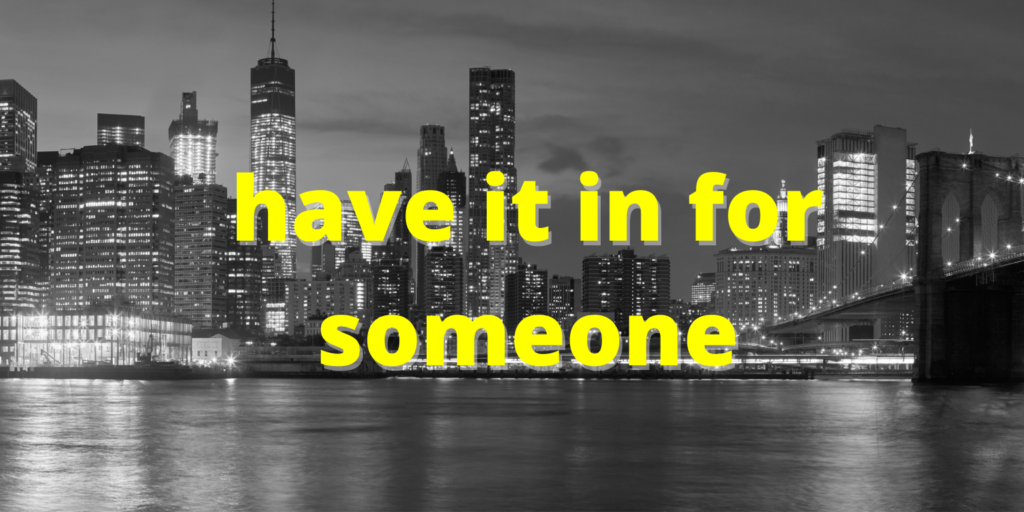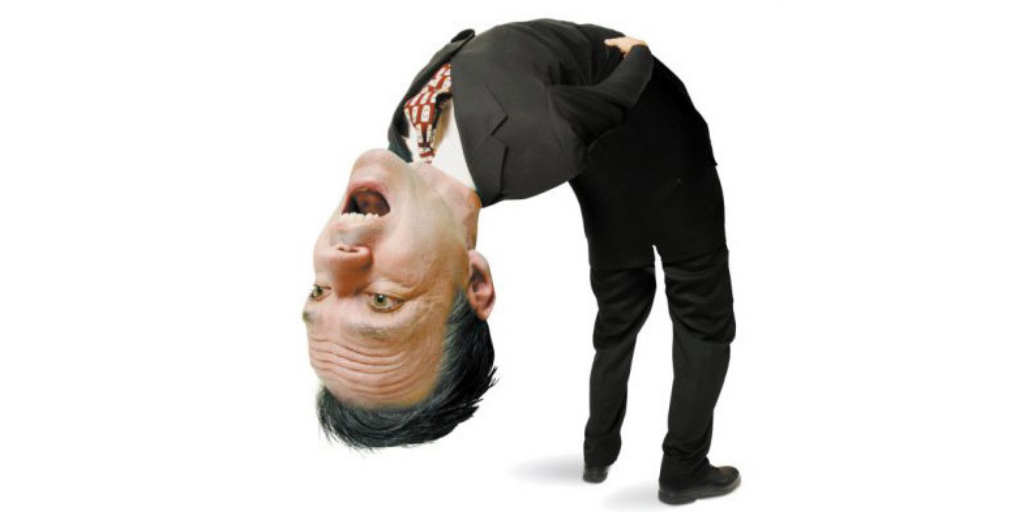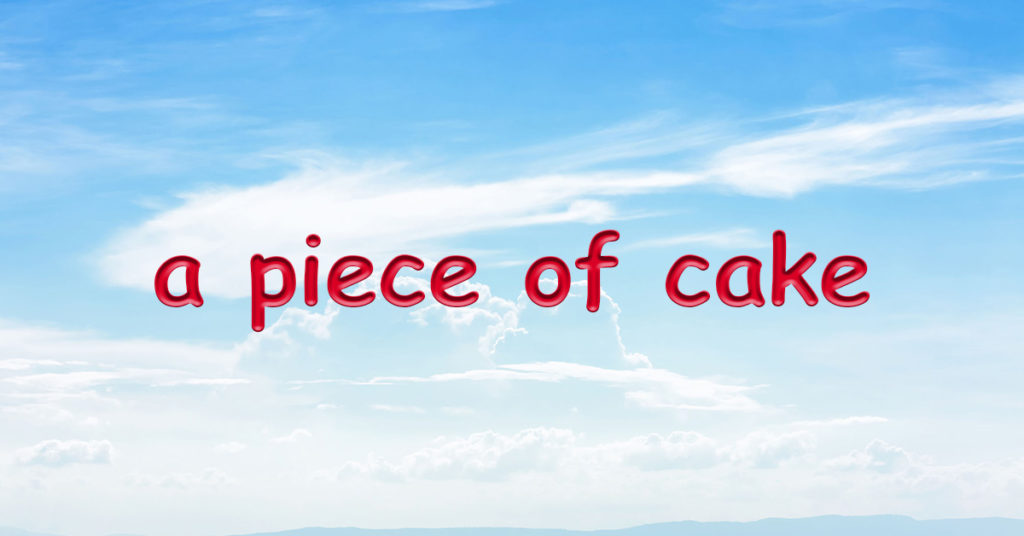American Idiom: have it in for someone
To have it in for someone means to hold a grudge on someone or have resentment towards someone.
A working knowledge of frequently used idioms is essential in order to naturally communicate with Americans. Learn to speak English fluently with Poly Languages.
Watch the full video below to learn about the idiom, to have it in for someone.
Video Transcript
to have it in for someone
My teacher has it in for me. He ignores me every time I raise my hand for a question.
The guy has it in for Grace. He’s always making fun of her in front of her friends.
What’s the meaning of ‘to have it in for someone’? To ‘have it in for someone’ means to hold a grudge on someone or have resentment towards someone.
Here are example sentences :
I don’t know why Andrew has it in for me. I didn’t do anything to him.
I don’t have it in for you. I have nothing against you.

Let’s do an exercise!
For each question, replace a word or words in a sentence with the idiom so that the meaning of the sentence is not changed. You have five seconds per question.
Question 1:
She seems to have a grudge against you since you broke up with her.
She seems to have it in for you since you broke up with her.
Question 2:
He does not resent you. He has an attitude with everybody.
He does not have it in for you. He has an attitude with everybody.
Practice makes perfect!
A working knowledge of frequently used idioms is essential in order to naturally communicate with Americans. Learn to speak English fluently with Poly Languages.
More questions here!
Question 1:
This is the third weekend in a row that my boss has asked me to work. I’m starting to think that he has hard feeling on me because he has never made anyone else do that.
_____________________________________________________
Question 2:
Mary has a grudge on me ever since I was given the promotion ahead of her.
_______________________________________________________
Please subscribe to our YouTube channel, and learn to speak English with Poly Languages.
Learn more Idioms with American Teachers here in POLY! Apply now!







